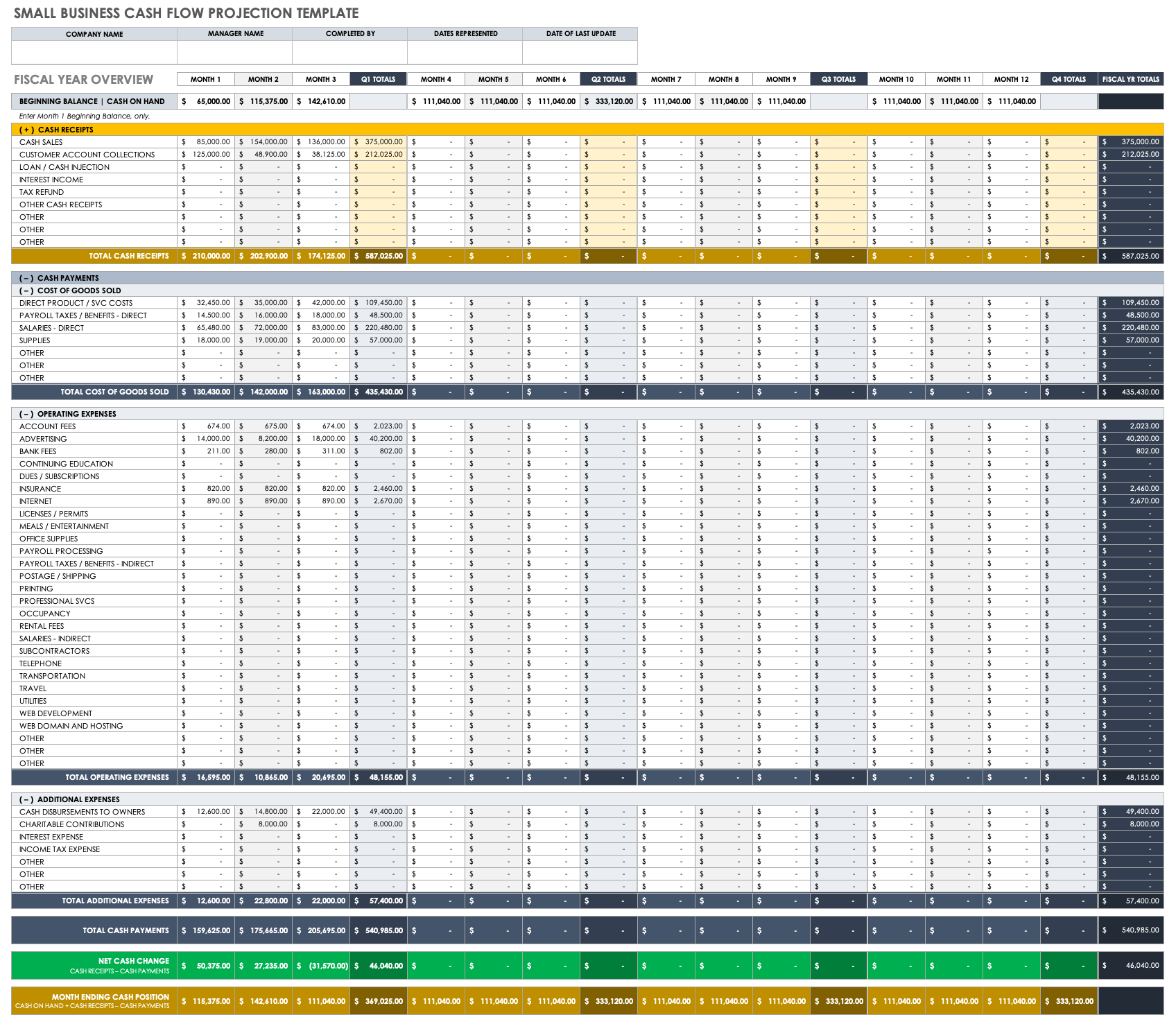Reconciliation accounting Wikipedia
Infrequent reconciliations make it difficult to address problems with fraud or errors when they first arise, as the needed information may not be readily available. Also, when transactions aren’t recorded promptly and bank fees and charges are applied, it can cause mismatches in the company’s accounting records. Bank reconciliation statements are effective tools for detecting fraud, https://quickbooks-payroll.org/ theft, and loss. For example, if a check is altered, the payment made for that check will be larger than you anticipate. If you notice this while reconciling your bank accounts, you can take measures to halt the fraud and recover your money. For lawyers, reconciliation in accounting is essential for ensuring that financial records are accurate, consistent, and transparent.
If you decide to hire someone to help, make sure they are following GAAP, or have credentials and experience that you trust. However, if you decide to tackle the task on your own you can save a lot of money. Also, if your business is small and you’re just starting out, reconciling your own accounts can be a valuable learning experience. Bank errors don’t occur very often, but if they do, the proper amount needs to be added or subtracted from your account balance, and you should contact the bank immediately to report the error.
- After an investigation, the credit card is found to have been compromised by a criminal who was able to obtain the company’s information and charge the individual’s credit card.
- By incorporating these best practices, your organization can establish a more robust and reliable account reconciliation process, minimizing errors and ensuring the precision of financial records.
- So, businesses should perform regular check-ups because these can contribute to their success.
- Here, they’d match records like receipts or cheques with entries in the general ledger.
- The process looks for mismatches both within and between any of the subsidiaries.
For example, a company may review its receipts to identify any discrepancies. While scrutinizing the records, the company finds that the rental expenses for its premises were double-charged. The company lodges a complaint with the landlord and is reimbursed the overcharged amount. In the absence of such a review, the company would’ve lost money due to a double-charge. Reconciliation serves an important purpose for businesses and individuals in preventing accounting errors and reducing the possibility of fraud.
Fixed assets should be rolled forward by ensuring that purchases, sales, retirements and disposals, and accumulated depreciation are correctly recorded. In financial records, like the general ledger and trial balance, fixed assets have a debit balance, and accumulated depreciation has a credit balance to offset fixed assets. The objective of doing reconciliations to make sure that the internal cash register agrees with the bank statement. Once any differences have been identified and rectified, both internal and external records should be equal in order to demonstrate good financial health. The company should ensure that any money coming into the company is recorded in both the cash register and bank statement. If there are receipts recorded in the internal register and missing in the bank statement, add the transactions to the bank statement.
While proper reconciliation is the standard for how law firms should handle all financial accounts, it is particularly important—and often required—for the management of trust accounts. Legal software for trust accounting can help you track transactions and reconcile records and bank statements. Clio’s Trust Account Management features, for example, allow you to manage your firm’s trust accounting, reconcile directly in Clio, and run built-in legal trust account reports. The goal of bank reconciliation is to check that ending balances match on both your bank statement and your records.
Two Ways to Reconcile an Account
Many companies have systems for maintaining payment receipts, account statements, and other data necessary to document and support account reconciliations. When you identify significant discrepancies in your company’s financial statements, it’s time to dig in deeper. Look for any missing information and errors before you jump to conclusions.
Now that we’ve covered the basics, let’s talk about why account reconciliation matters. General ledger reconciliation, where accountants check the accuracy of the company’s account balances at the end of an accounting period, ensures the accuracy of financial statements. Reconciling the company’s accounts helps detect fraud and aids in regulatory compliance. changing company types in the philippines Any balance sheet accounts that have statements provided by sources external to the company, should be reconciled every month. This includes bank statements, credit card statements, loan statements, and investment account statements. At its core, account reconciliation involves comparing two sets of records to check that the figures match.
Autonomous Finance Platform
A documentation review is the most common form of account reconciliation, and the one that auditors prefer. Under this method, call up the account detail in the accounting software, and review the appropriateness of each transaction listed in the account. For example, if you are reconciling the trade accounts receivable account, the balance in the account should exactly match the total of the open accounts receivable report. Depending on the number of discrepancies, you may need to create a supporting schedule that details the differences between your internal books and bank accounts.
Check for Bank Errors
When all your information is correct, you’re less likely to miss deposits or mistakenly overdraft an account because of a lack of funds. You’ll know exactly how much money you can budget for vendors, operating expenses, and other payments. Account reconciliation allows you to identify potential errors like misapplied payments and take action.
Many people reconcile their checkbooks and credit card accounts periodically by comparing their written checks, debit card receipts, and credit card receipts with their bank and credit card statements. In the double-entry accounting process, all transactions get posted as both debits and credits. Individuals could also use the process to verify the accuracy of their banking and credit card accounts.
The easiest way to begin this process is to have your sub-ledgers handy along with your general ledger. Take my word for it, you don’t want to skip this process, even for a single month. Learn which general ledger accounts should be reconciled regularly, and key things to look for during the account reconciliation process. Outside of selling their products and services, one of the most important things a small business owner can do is reconcile their accounts. Account reconciliation is simply the act of reconciling one set of transactions with another set to ensure both sets match.
Prepaids are recognized gradually as an expense, using a monthly allocation with a journal entry to reduce the prepaid asset balance and record the expense on the income statement. In this method, estimates of historical account activity levels and other metrics are used. It’s a statistical approach that helps identify whether discrepancies between accounts result from human error or potential theft. The purpose of account reconciliation is to ensure that the money coming in and going out (debits and credits) always matches up. The document review method involves reviewing existing transactions or documents to make sure that the amount recorded is the amount that was actually spent. Cash flow can be calculated through either a direct method or indirect method.
Accounts receivable
In this case, a company will compare the accounts payable captured in its books with the balance provided in documentation from their vendors. This ensures there are no major discrepancies between the amount a vendor charges and the goods and services the company actually received. So, it’s time to fully embrace account reconciliation in your business operations. With this guide in your toolkit, you’re well-equipped to navigate this process. The process of account reconciliation is all about creating a more robust and reliable financial foundation for your business. Some businesses with a high volume or those that work in industries where the risk of fraud is high may reconcile their bank statements more often (sometimes even daily).
There could be a variety of issues that caused the expenses to jump so dramatically. These articles and related content is the property of The Sage Group plc or its contractors or its licensors (“Sage”). Please do not copy, reproduce, modify, distribute or disburse without express consent from Sage.These articles and related content is provided as a general guidance for informational purposes only. These articles and related content is not a substitute for the guidance of a lawyer (and especially for questions related to GDPR), tax, or compliance professional. When in doubt, please consult your lawyer tax, or compliance professional for counsel. Sage makes no representations or warranties of any kind, express or implied, about the completeness or accuracy of this article and related content.
Documentation review tends to be more accurate because it’s based on real information instead of estimates. By adhering to these best practices, businesses can ensure their account reconciliation process is as efficient, accurate, and effective as possible, contributing to better financial management and decision-making. The production and delivery of goods or services that the company deals with depend on smooth accounts payables. It is essential to reconcile the balance of accounts payables due to short payments, disputes, early payment discounts, and much more. This ensures smooth operations, supplier relations, market reputation, and much more.
In many companies, often a holiday period is given to customers during which the amounts due can be accrued as a liability. However, these sort of arrangements needs to be revisited, evaluated, and acted upon if required. Reconciliation is vital for monitoring business spending, providing insight into financial cycles, and preventing surprises. Upgrading to a paid membership gives you access to our extensive collection of plug-and-play Templates designed to power your performance—as well as CFI’s full course catalog and accredited Certification Programs.



